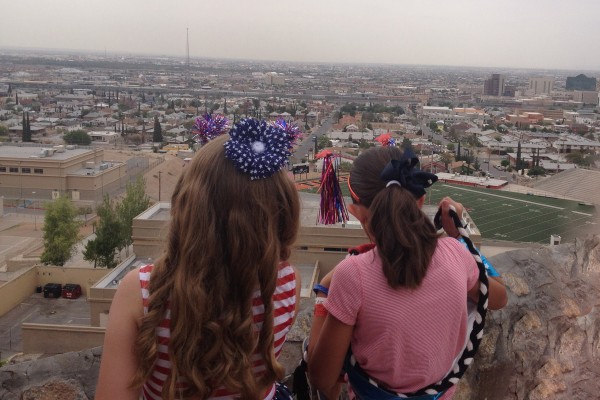As migrant crisis hits U.S. border, El Paso keeps it classy
|
It’s a sweltering summer Sunday night in El Paso, Texas, at the city’s new downtown baseball stadium, where the local Triple-A team, the Chihuahuas, is leading the visiting Tacoma Rainiers at the seventh-inning stretch. As the hammerlock of the day’s 102-degree heat begins to release its grip on this high-desert town, a sellout crowd of 8,607 fans rises to its feet to sing and sway along to “Take Me Out to the Ball Game.’’ Immediately after, trumpet-charged mariachi music blasts over the sound system and the crowd roars with glee as Chico the Chihuahuas’ mascot dances onto the field, wagging his tail and making the team’s signature “Fear the Ears’’ gesture with his paws. Ah, béisbol – still America’s pastime in a new America. And if there is a city that characterizes our new America, it’s the very old town of El Paso, circa 1659. I spent a week there this summer studying at the University of Texas at El Paso and its Dow Jones Multimedia Training Academy.
